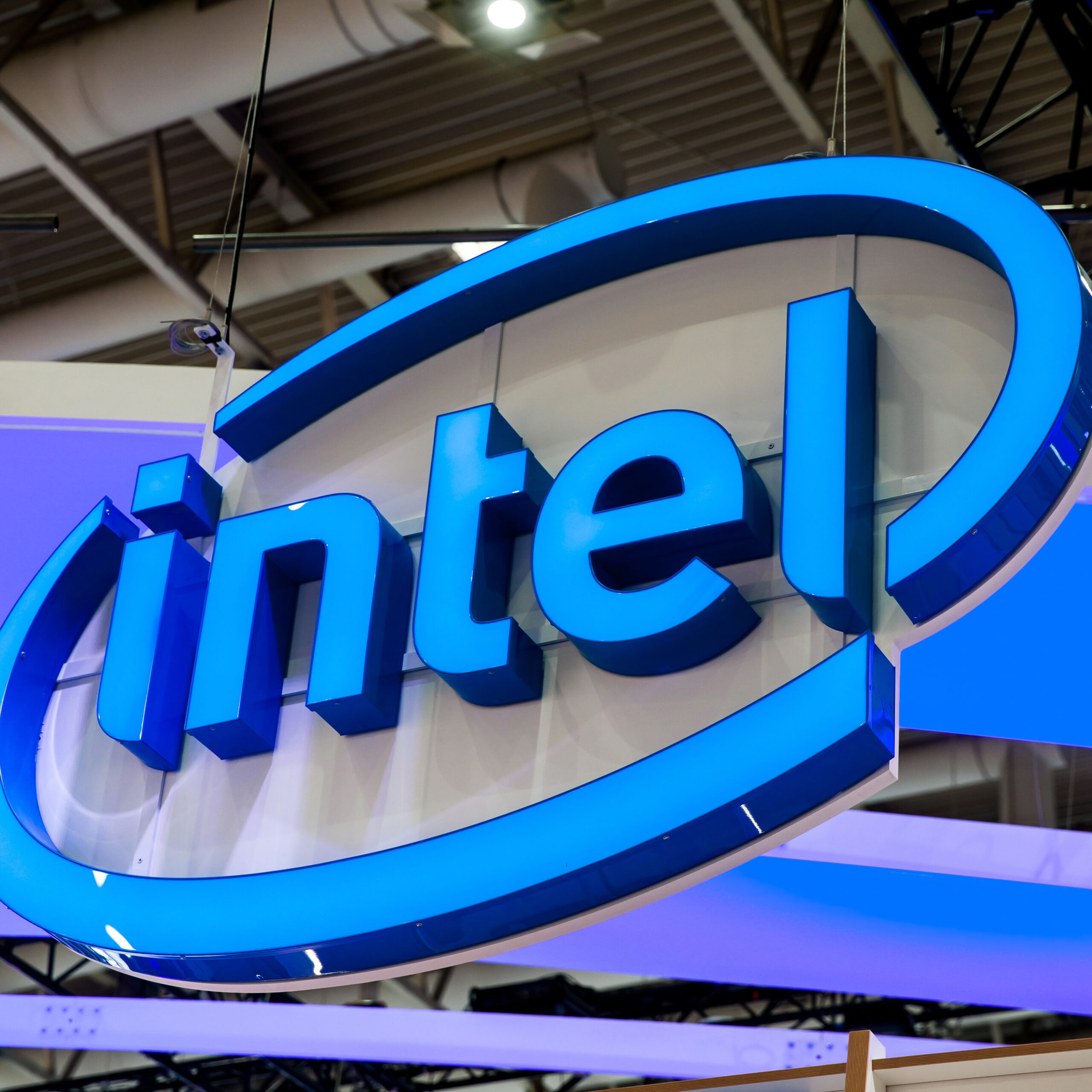[ad_1]
//php echo do_shortcode(‘[responsivevoice_button voice=”US English Male” buttontext=”Listen to Post”]’) ?>
Intel CEO Pat Gelsinger sees the first signs of a turnaround in the company’s business during his nearly two years at the helm of the top U.S. chipmaker, he said yesterday. Analysts contacted by EE Times were less optimistic.
Gelsinger made the comment during an unscheduled conference call with analysts yesterday to explain why the company cut its annual dividend to 50 cents per share.
Intel has maintained capital expenditures necessary to achieve its “five nodes in four years” while making capacity cutbacks in 2022 and this year, according to Gelsinger, who said he is aiming for capex intensity in the low 30% range of revenue this year versus an original target of 35%. The company expects to spend about $20 billion this year to expand production capacity.
“We see this year as the turning point to reestablishing our execution engine and regaining our performance and cost leadership, as evidenced by the many green shoots we are beginning to see across our business,” Gelsinger said. “We are at, or ahead of, schedule on five nodes in four years.”
The company expects new foundry customers for its upcoming process nodes during the next few years. Intel is both a competitor and a customer of top foundry Taiwan Semiconductor Manufacturing Co. (TSMC), which took the technology leadership crown from Intel several years ago.

“We have growing confidence that Intel [process nodes] 20A and 18A, with the advent of RibbonFET and Powervia, place us on a path to regain transistor performance and power performance leadership by 2025,” Gelsinger added. “We look forward to third-party confirmation as we expect to announce 18A foundry customers later this year.”
He said the company is also making gains with customers in its brand-name processor business:
“Our client position has recovered nicely with strong products and multiple quarters of market-share gains. Sapphire Rapids has begun to stabilize our market-share position for servers with clear CPU, high networking and security leadership, and a strong ramp is well underway. Emerald Rapids is on track for the second half of this year and will drive even better performance. Sierra Forest and Granite Rapids will build on that momentum in 2024 and are already showing good early process and product health.”
Analysts skeptical
Still, analysts said the Intel dividend cut was partly aimed at grooming the company for subsidies from the U.S. government as part of the recently passed CHIPS Act, passed into law to help reshore American chip production.
“While we see Intel’s decision to cut the dividend as aligned with other strategic capital-preservation measures, we also believe this choice was politically motivated in light of recent press questioning whether Intel’s decision to cut headcount and maintain the dividend was appropriate for a company expected to be a major beneficiary of forthcoming government aid [via the CHIPS Act],” Matt Bryson, a senior VP at Wedbush Securities, said in a report he provided to EE Times. “I don’t see much in the way of ‘green shoots’ yet, and certainly not if that phrase is used in characterizing any more generalized pickup in end-market demand.
“Rather, I think PC and enterprise requirements still haven’t stabilized yet and that vendors as a whole are still cutting back production requirements,” he added. “We do believe both PC and enterprise end markets have deteriorated in the quarter to date, creating the likelihood of a later/more tepid recovery across the component supply chain.”
On Wednesday’s conference call, Deutsche Bank analyst Ross Seymore also questioned the timing of the dividend cut as governments in the U.S. and the European Union prepare to disburse stimulus money.
“We’ve heard numbers of articles from different political bodies expressing some concern about companies having buybacks and/or dividends at the same time they’re getting money from taxpayers,” Seymore said.
None of Intel’s decisions were in response to any political questions, according to Gelsinger.
Still, he expects to win stimulus money from the U.S. and the European Union, he said. “We’ve been working aggressively and working closely with various government officials, both in the U.S. and Europe in that respect.”
Gelsinger said press reports this week that Intel has delayed 3-nm orders with TSMC related to its Arrow Lake processor were untrue.
“Arrow Lake is on track, 3-nm programs are on track, both with TSMC, as well as our internal 3 nm. We’ve turned the corner on many of the execution challenges and know these rumors, like many others, will be proven by our execution to be firmly false.”
Foundry business up
Business is improving for Intel’s brand-name chips, as well as its new Intel Foundry Service (IFS) that competes with TSMC, according to Gelsinger.
Intel has continued to gain momentum for its advanced packaging technologies in its foundry business, he said: “We want to be the leading systems foundry, and with that, it’s also driving key new standards like usage for chiplets. We expect that we’ll have more customer announcements as we go through the year.”
Gelsinger hinted that Intel may eventually spin off IFS.
“We are essentially teasing apart the company into internal foundry—which is truly measuring ourselves as a foundry, benchmarking ourselves as a foundry—and standing up all of the business operations to support both our internal business units, while at the same time, we support our external foundry customers.”
Intel can’t make such a shift overnight, Gelsinger said. “The key next milestone that you will start seeing from us is in Q1 of next year, when we’ll start publishing the specific P&L [profit and loss] associated with the internal foundry model and really treating it as an internal business unit.”
Intel as an AI contender
Gelsinger also touted Intel’s emergence in artificial intelligence.
“There’s a range of requirements for AI, and there are these big monster training environments where all these machines do is train for days or weeks on 100 billion parameter models,” he said. “For that, we have very high-end offerings.”
There will be a broad infusion of AI into workloads everywhere, he added, saying, “Those workloads could be some data preparation, could be some inferencing, could be some more medium-sized model-training workloads, not 100 billion parameters, but 10 billion parameters where you just run them on a fleet of Sapphires. The performance of Sapphire Rapids is quite spectacular, and that performance, we expect, will become much more of the mainstream of computing as AI gets infused into every application going forward.”
Some analysts were skeptical about Sapphire Rapids’ prospects.
“There is no confidence in Sapphire Rapids’ availability for high-volume deployment in the second half of 2023,” Mehdi Hosseini, a senior equity research analyst with Susquehanna, told EE Times. “There is also no confidence that Sapphire Rapids could deliver significant improvement in performance.”
Moreover, demand for servers used in data centers run by Meta, Google and Amazon is in the doldrums, he said.
Servers built for Meta/Facebook are tracking down 15% quarter on quarter, while Google Cloud is tracking down 10% and Amazon (AWS) and Microsoft (Azure) are each down 5% during the period, according to Hosseini.
[ad_2]
Source link

